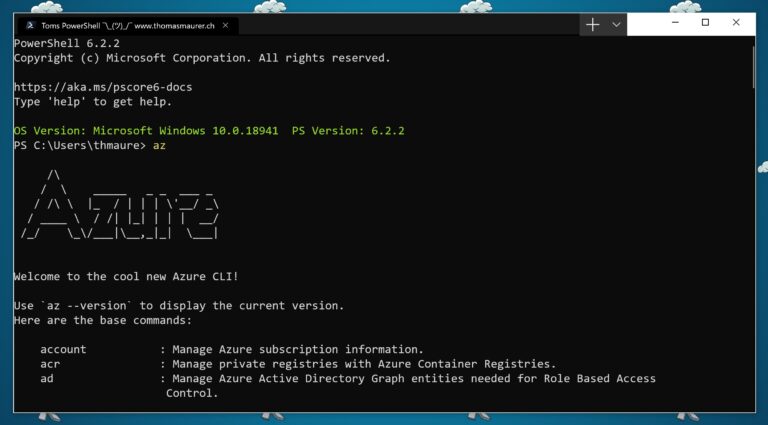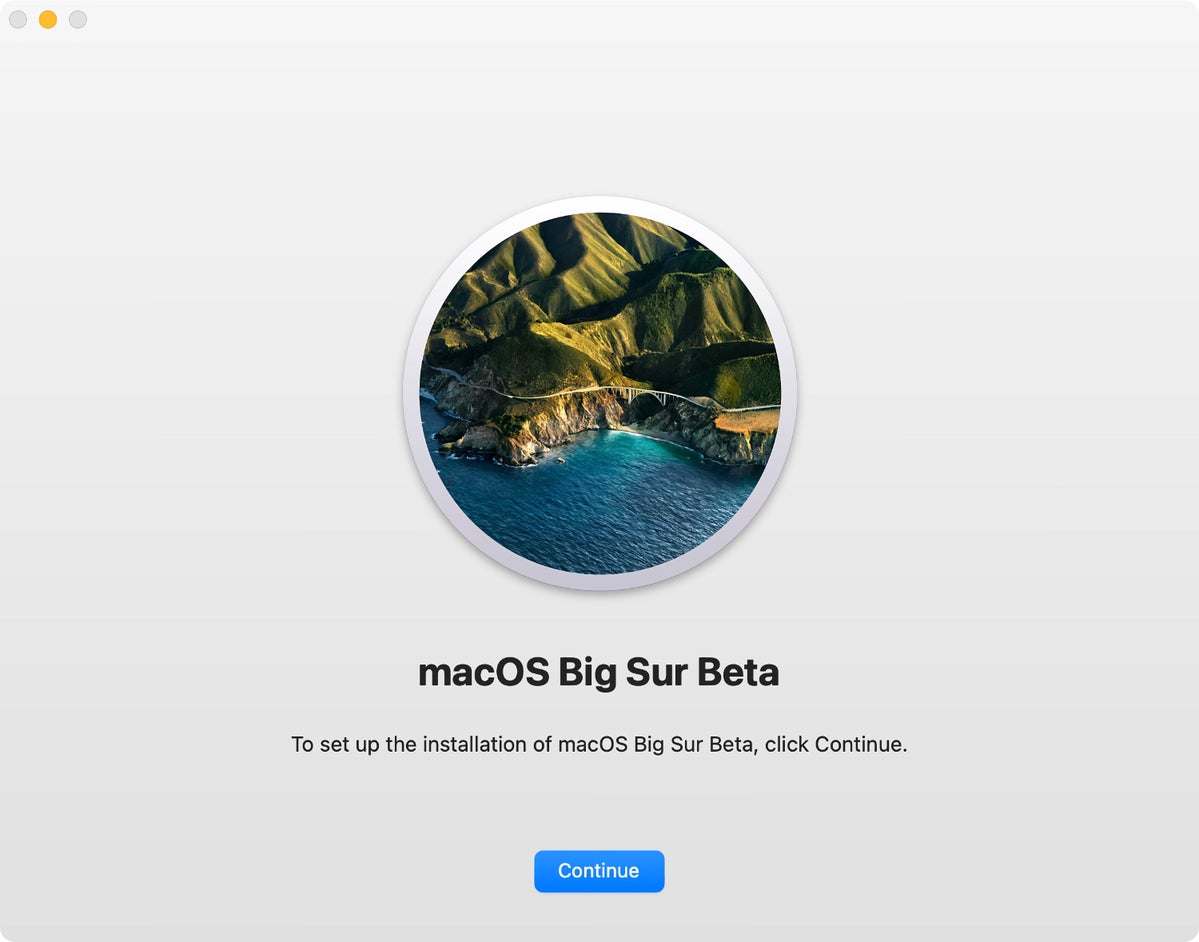Install Compose on Linux systems. On Linux, you can download the Docker Compose binary from the Compose repository release page on GitHub.Follow the instructions from the link, which involve running the curl command in your terminal to download the binaries. SMTP docker container. Contribute to namshi/docker-smtp development by creating an account on GitHub.
- Docker Cli Download Image
- Docker Cli Download Windows
- Docker Cli Download Linux
- Docker Download Command Line
- Docker Cli Client Download
Estimated reading time: 10 minutes
To get started with Docker Engine on Debian, make sure youmeet the prerequisites, theninstall Docker.
Prerequisites
OS requirements
To install Docker Engine, you need the 64-bit version of one of these Debian orRaspbian versions:
- Debian Buster 10 (stable)
- Debian Stretch 9 / Raspbian Stretch

Docker Engine is supported on x86_64 (or amd64), armhf, and arm64 architectures.
Uninstall old versions
Older versions of Docker were called docker, docker.io, or docker-engine.If these are installed, uninstall them:
It’s OK if apt-get reports that none of these packages are installed.
The contents of /var/lib/docker/, including images, containers, volumes, andnetworks, are preserved. The Docker Engine package is now called docker-ce.
Installation methods
You can install Docker Engine in different ways, depending on your needs:
Most usersset up Docker’s repositories and installfrom them, for ease of installation and upgrade tasks. This is therecommended approach, except for Raspbian.
Some users download the DEB package andinstall it manually and manageupgrades completely manually. This is useful in situations such as installingDocker on air-gapped systems with no access to the internet.
In testing and development environments, some users choose to use automatedconvenience scripts to install Docker.This is currently the only approach for Raspbian.
Install using the repository
Before you install Docker Engine for the first time on a new host machine, you needto set up the Docker repository. Afterward, you can install and update Dockerfrom the repository.
Raspbian users cannot use this method!
For Raspbian, installing using the repository is not yet supported. You mustinstead use the convenience script.
Set up the repository
Update the
aptpackage index and install packages to allowaptto use arepository over HTTPS:Add Docker’s official GPG key:
Use the following command to set up the stable repository. To add thenightly or test repository, add the word
nightlyortest(or both)after the wordstablein the commands below. Learn about nightly and test channels.Note: The
lsb_release -cssub-command below returns the name of yourDebian distribution, such ashelium. Sometimes, in a distributionlike BunsenLabs Linux, you might need to change$(lsb_release -cs)to your parent Debian distribution. For example, if you are usingBunsenLabs Linux Helium, you could usestretch. Docker does not offer any guarantees on untestedand unsupported Debian distributions.
Install Docker Engine
This procedure works for Debian on x86_64 / amd64, armhf, arm64, and Raspbian.
Update the
aptpackage index, and install the latest version of DockerEngine and containerd, or go to the next step to install a specific version:Got multiple Docker repositories?
If you have multiple Docker repositories enabled, installingor updating without specifying a version in the
apt-get installorapt-get updatecommand always installs the highest possible version,which may not be appropriate for your stability needs.To install a specific version of Docker Engine, list the available versionsin the repo, then select and install:
a. List the versions available in your repo:
b. Install a specific version using the version string from the second column, for example,
5:18.09.1~3-0~debian-stretch.Verify that Docker Engine is installed correctly by running the
hello-worldimage.This command downloads a test image and runs it in a container. When thecontainer runs, it prints an informational message and exits.
Docker Engine is installed and running. The docker group is created but no usersare added to it. You need to use sudo to run Docker commands.Continue to Linux postinstall to allow non-privilegedusers to run Docker commands and for other optional configuration steps.
Upgrade Docker Engine
To upgrade Docker Engine, first run sudo apt-get update, then follow theinstallation instructions, choosing the newversion you want to install.
Install from a package
If you cannot use Docker’s repository to install Docker Engine, you can download the.deb file for your release and install it manually. You need to downloada new file each time you want to upgrade Docker.
Go to
https://download.docker.com/linux/debian/dists/,choose your Debian version, then browse topool/stable/, chooseamd64,armhf, orarm64, and download the.debfile for the Docker Engineversion you want to install.Note: To install a nightly or test (pre-release) package,change the word
stablein the above URL tonightlyortest.Learn about nightly and test channels.Install Docker Engine, changing the path below to the path where you downloadedthe Docker package.
The Docker daemon starts automatically.
Verify that Docker Engine is installed correctly by running the
hello-worldimage.This command downloads a test image and runs it in a container. When thecontainer runs, it prints an informational message and exits.
Docker Engine is installed and running. The docker group is created but no usersare added to it. You need to use sudo to run Docker commands.Continue to Post-installation steps for Linux to allownon-privileged users to run Docker commands and for other optional configurationsteps.
Upgrade Docker Engine
Docker Cli Download Image
To upgrade Docker Engine, download the newer package file and repeat theinstallation procedure, pointing to the new file.
Install using the convenience script
Docker provides convenience scripts at get.docker.comand test.docker.com for installing edge andtesting versions of Docker Engine - Community into development environments quickly andnon-interactively. The source code for the scripts is in thedocker-install repository.Using these scripts is not recommended for productionenvironments, and you should understand the potential risks before you usethem:
- The scripts require
rootorsudoprivileges to run. Therefore,you should carefully examine and audit the scripts before running them. - The scripts attempt to detect your Linux distribution and version andconfigure your package management system for you. In addition, the scripts donot allow you to customize any installation parameters. This may lead to anunsupported configuration, either from Docker’s point of view or from your ownorganization’s guidelines and standards.
- The scripts install all dependencies and recommendations of the packagemanager without asking for confirmation. This may install a large number ofpackages, depending on the current configuration of your host machine.
- The script does not provide options to specify which version of Docker to install,and installs the latest version that is released in the “edge” channel.
- Do not use the convenience script if Docker has already been installed on thehost machine using another mechanism.
This example uses the script at get.docker.com toinstall the latest release of Docker Engine - Community on Linux. To install the latesttesting version, use test.docker.com instead. Ineach of the commands below, replace each occurrence of get with test.
Warning:
Always examine scripts downloaded from the internet beforerunning them locally.
If you would like to use Docker as a non-root user, you should now consideradding your user to the “docker” group with something like:
Remember to log out and back in for this to take effect!
Warning:
Adding a user to the “docker” group grants them the ability to run containerswhich can be used to obtain root privileges on the Docker host. Refer toDocker Daemon Attack Surfacefor more information.
Docker Engine - Community is installed. It starts automatically on DEB-based distributions. OnRPM-based distributions, you need to start it manually using the appropriatesystemctl or service command. As the message indicates, non-root users can’trun Docker commands by default.
Note:
To install Docker without root privileges, seeRun the Docker daemon as a non-root user (Rootless mode).
Upgrade Docker after using the convenience script
If you installed Docker using the convenience script, you should upgrade Dockerusing your package manager directly. There is no advantage to re-running theconvenience script, and it can cause issues if it attempts to re-addrepositories which have already been added to the host machine.
Uninstall Docker Engine
Uninstall the Docker Engine, CLI, and Containerd packages:
Images, containers, volumes, or customized configuration files on your hostare not automatically removed. To delete all images, containers, andvolumes:
You must delete any edited configuration files manually.
Next steps
- Continue to Post-installation steps for Linux.
- Review the topics in Develop with Docker to learn how to build new applications using Docker.
Minimum system requirements:
Docker for Mac v1.12.0+
Docker Compose v1.6.0+
Mac OS X El Capitan 10.11
Download for macOS v1.5.1Minimal system requirement:
Docker v1.10.0+
Docker Compose v1.6.0+
Ubuntu 14.04 LTS or 16.04 LTS
CentOS 7.1/7.2
SUSE Linux Enterprise 12
Download for Ubuntu / Debian v1.5.1Download AppImage for Linux v1.5.1 Minimal system requirement:
Docker for Windows v1.12.0+
Docker Compose v1.6.0+
Windows 10 Pro (64bit)
Microsoft Hyper-V
Download for Windows v1.5.1Product
Docker Cli Download Windows
DockStation is a developer-centric application for managing projects based on Docker. Instead of lots of CLI commands you can monitor, configure, and manage services and containers while using just a GUI.
Work with services and containers
Docker Cli Download Linux
The DockStation helps to manage projects and container settings, e.g. bind a local host to a project, simple version changing, map ports, assign and reassign environment variables, change entrypoint and start command instructions, configure volumes, quick access to image documentation, quick services containers cleanup and a lot of other useful functionality.
Independence
It doesn't require local Docker installation for controlling remote containers.
It can as well be used as a management and monitoring tool for remote Docker containers.
Docker Machine support (Oracle VirtualBox, VMware Fusion, Microsoft Hyper-V).
Stats monitor
Great and powerful tools for common, multiple and single monitoring of container resources.
Easy tracking CPU usage, Memory usage, Networks I/O, Blocks I/O.
Create projects
Creating projects has never been easier. You can create a project in a single click.
Parser (beta)
We have a built-in parser that will helps, without any problems and deep knowledge of Docker Compose, convert 'docker run' command to Docker Compose format and quickly start working with a project and containers.
Microsoft 365 mac app store.
Work with remote Docker containers
The application helps to manage and observe remote containers. We provide many tools, such as as logs monitoring, searching logs, grouping, running tools and getting container info. We also provide amazing authorization tools for remotely connections.
Backward Compatibility
The application works with Docker Compose. Use you own or third-party docker-compose.yml configs. DockStation generates a clean and native docker-compose.yml file which can be used even outside the application, using the native Docker Compose CLI commands.
Ports monitor
The ports monitor helps to view and manage opened ports of containers.
GUI
The application combines many CLI commands into a convenient graphical interface. So that instead of many commands only one click is needed.
Observer
Docker Download Command Line
With the application it's very convenient to view the status of containers and easily view their logs.
PRICE
Personal & Startups
Mac os x snow leopard download iso. We provide the app for free. You can use it for personal and commercial purposes. We'll be grateful for share information about the application.
Docker Cli Client Download
Download
